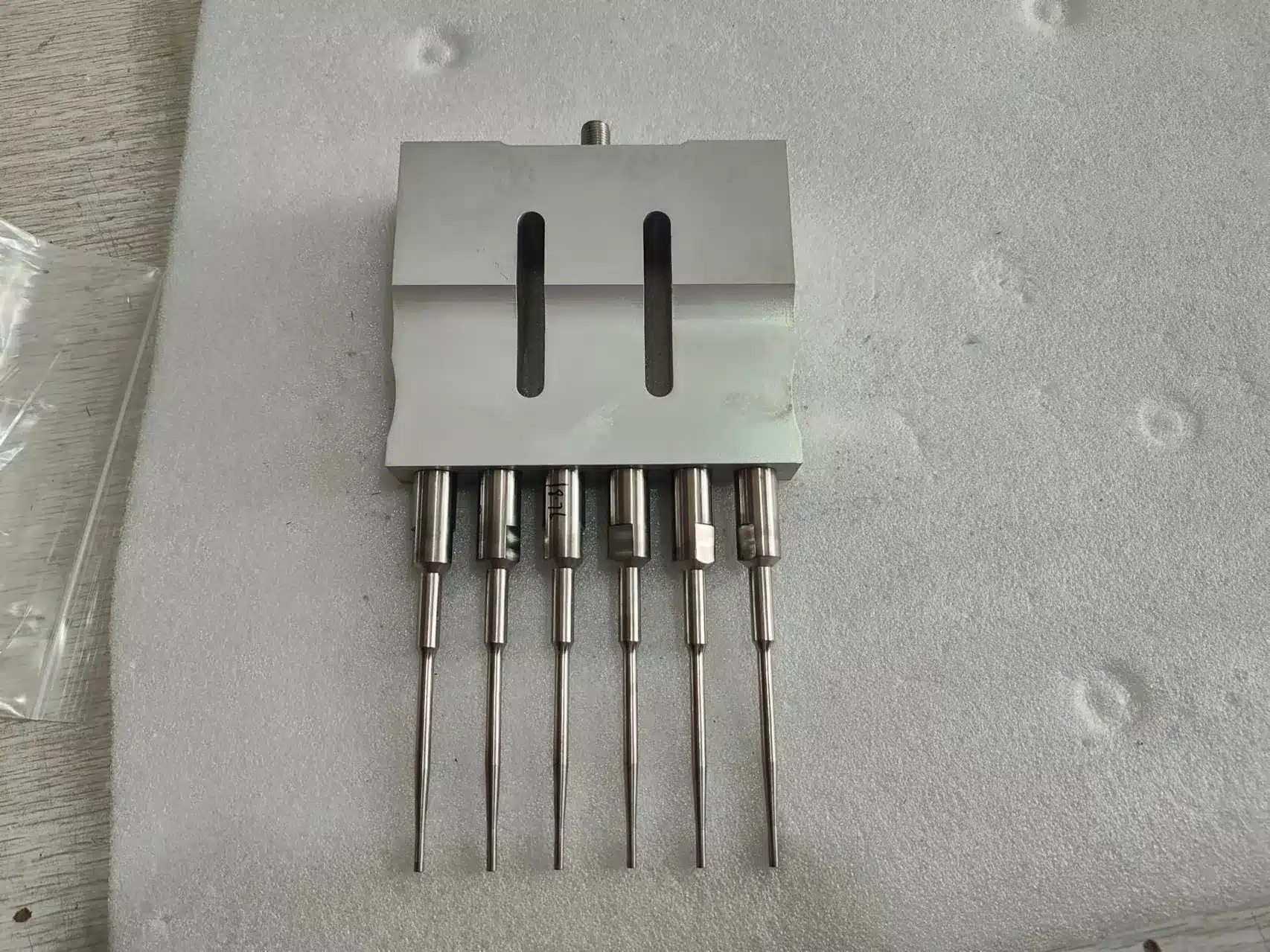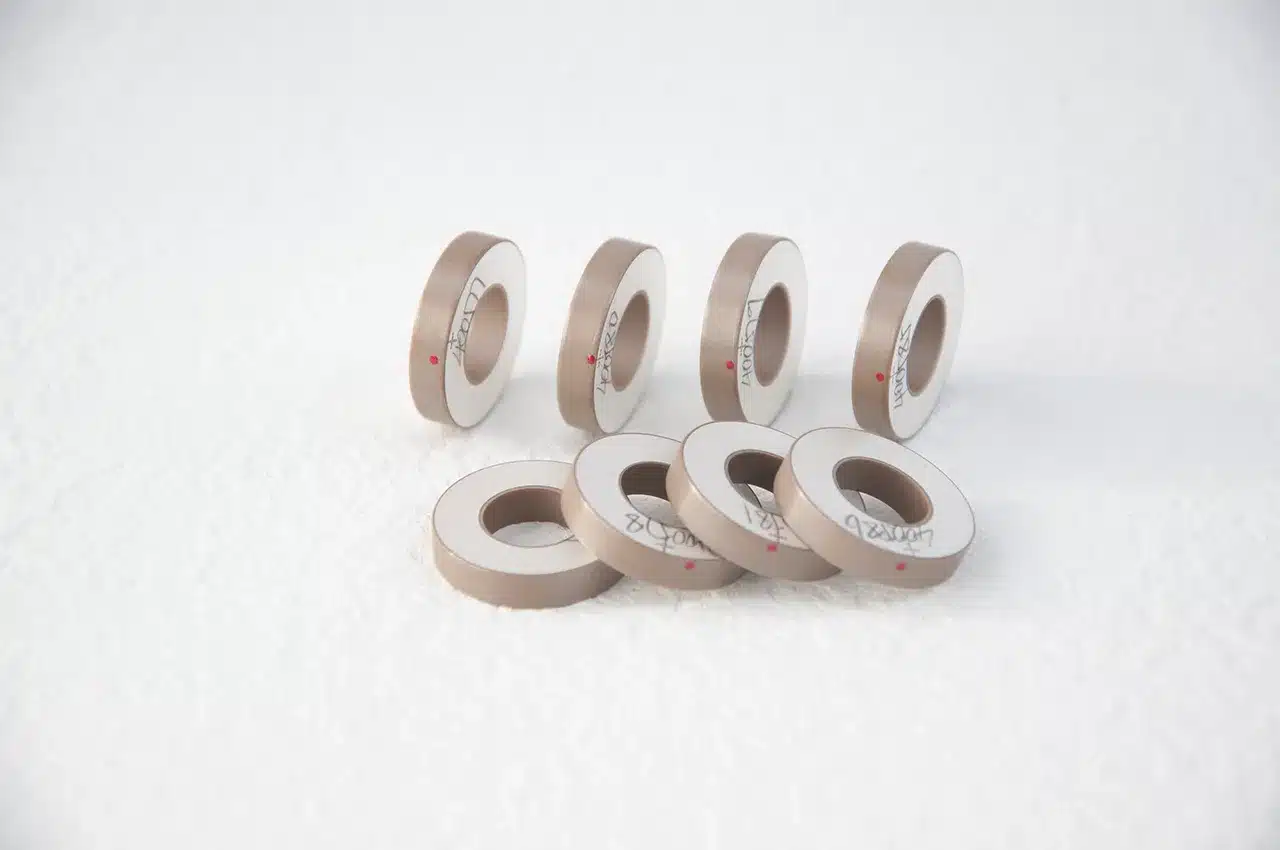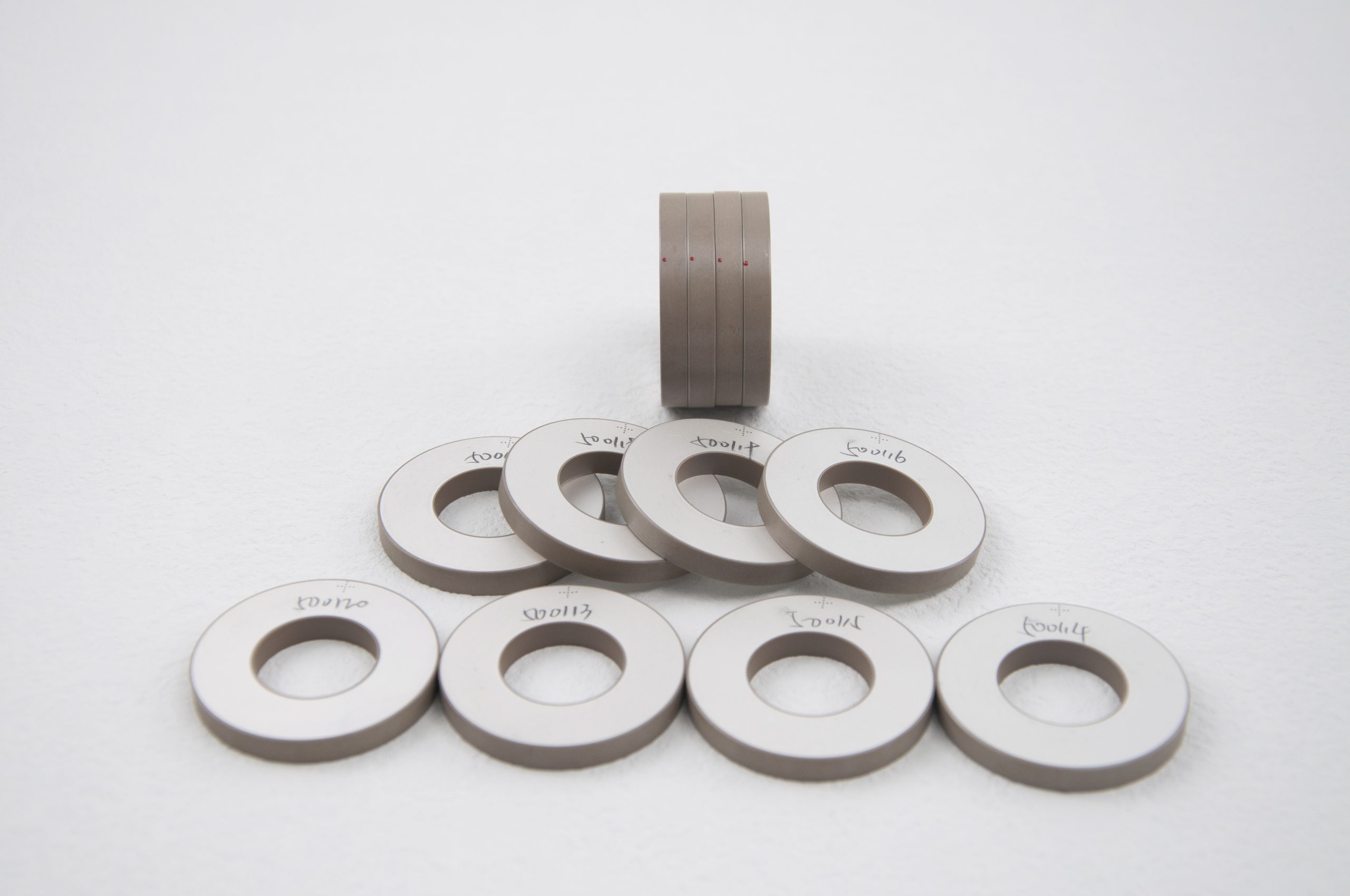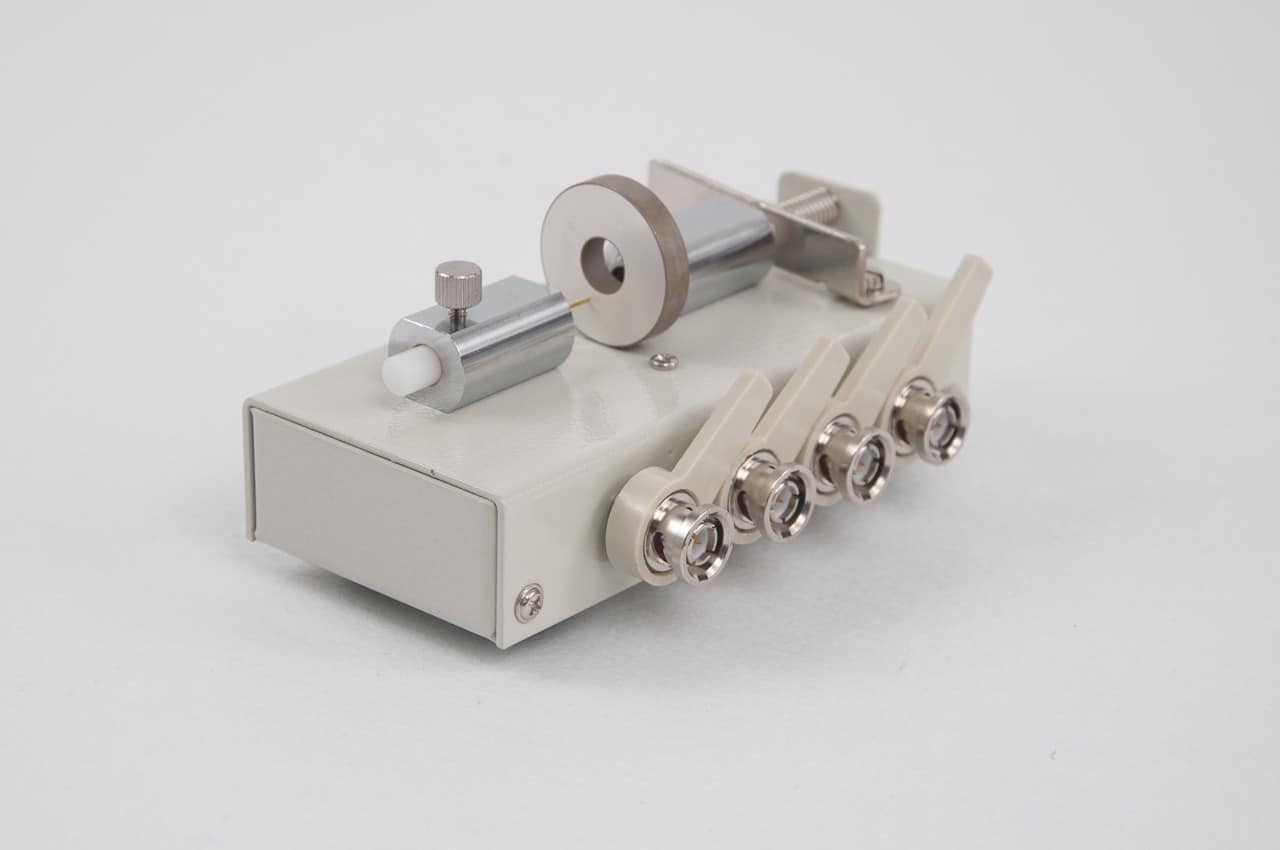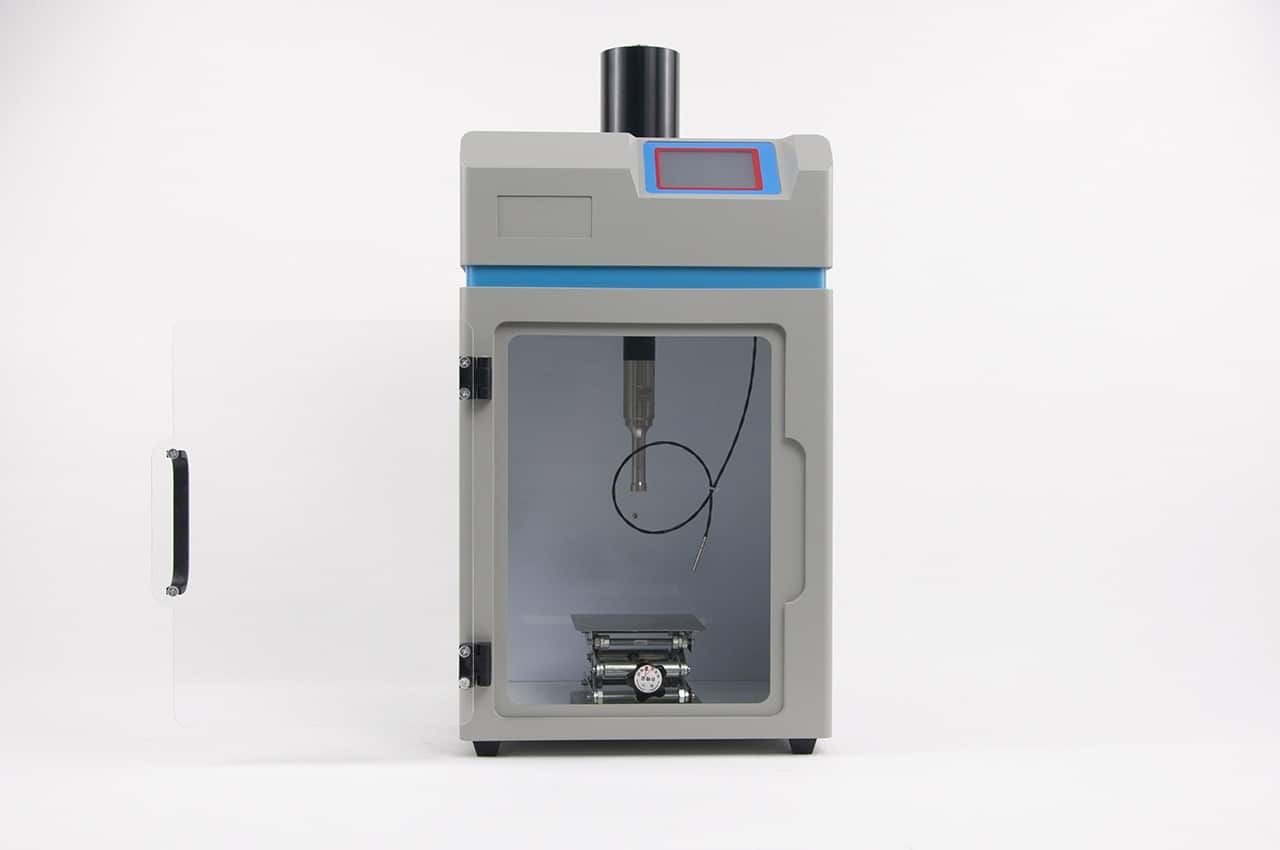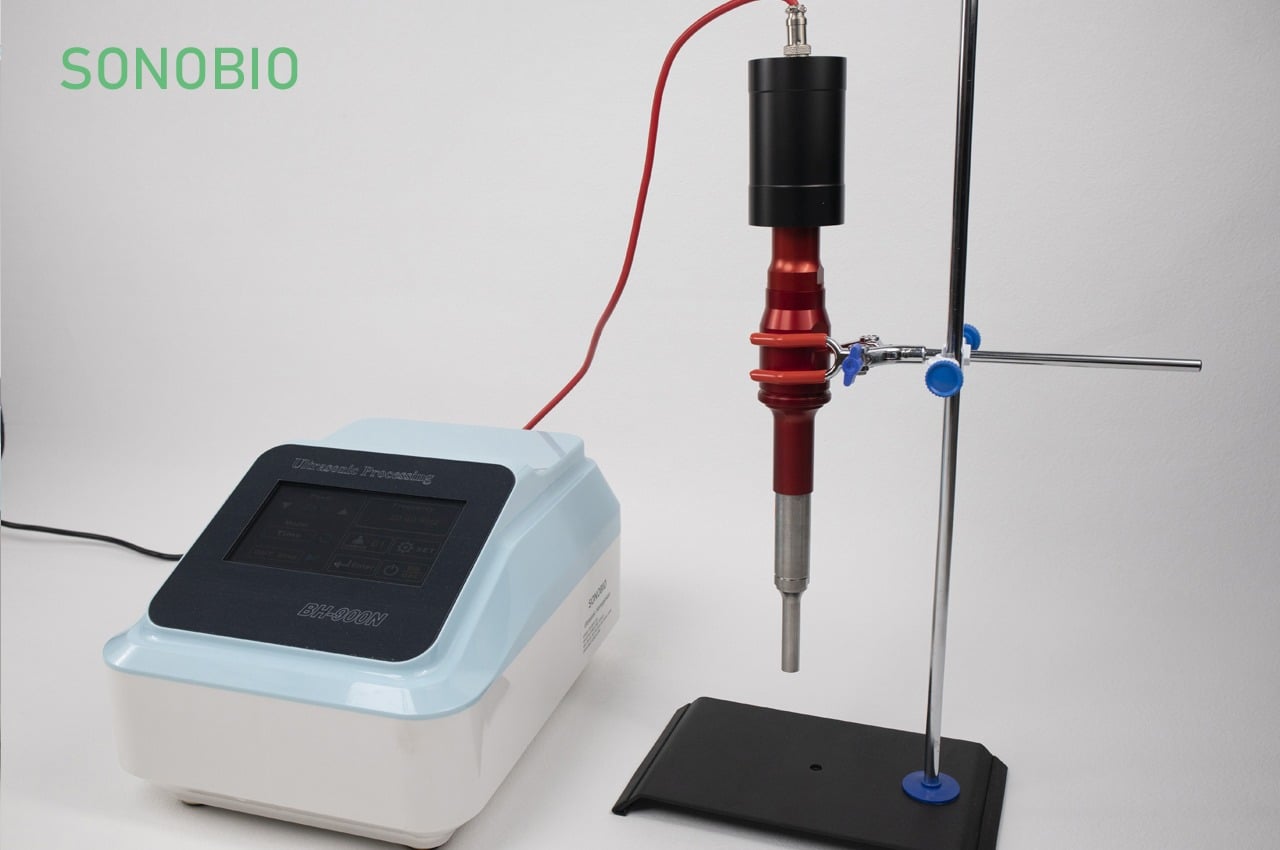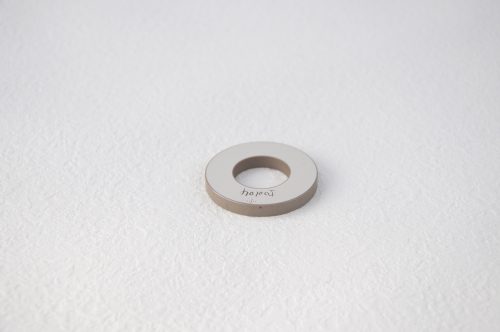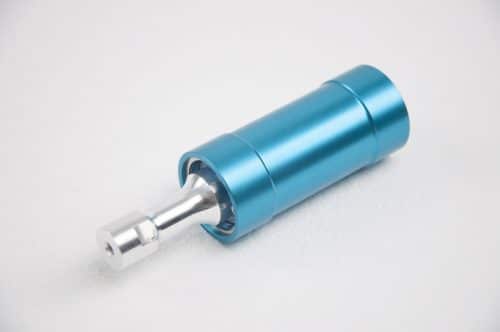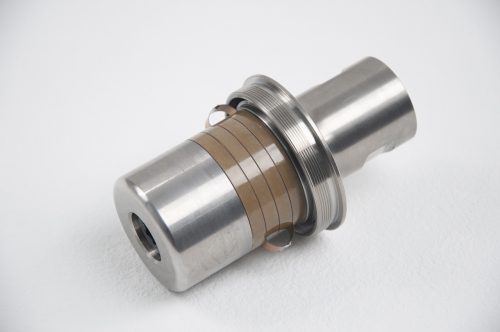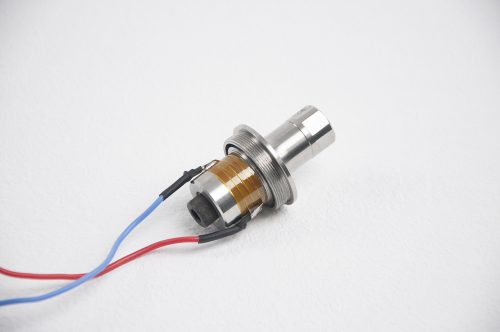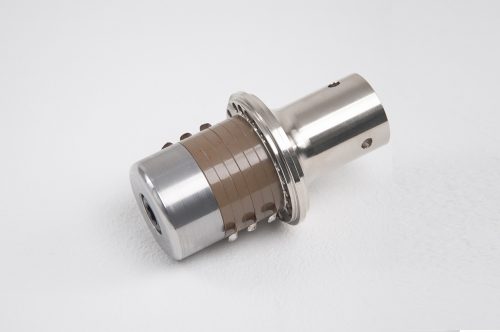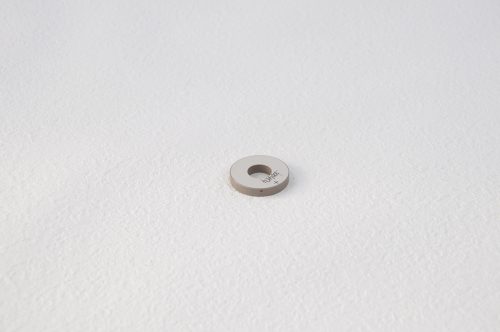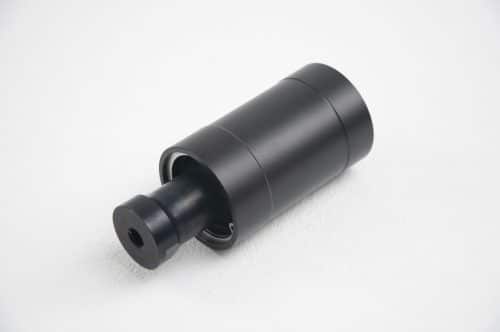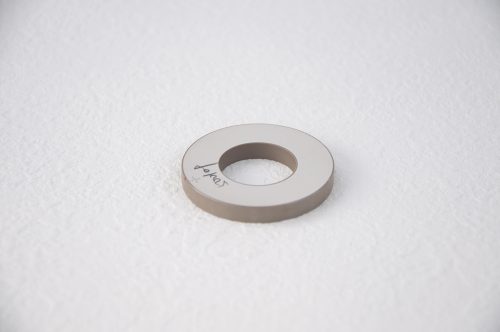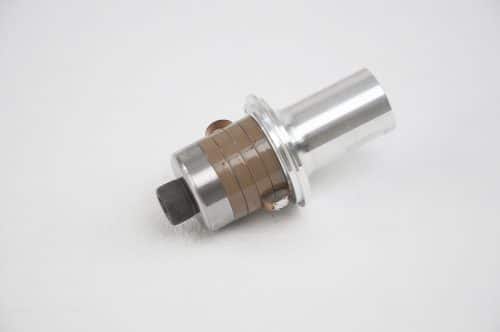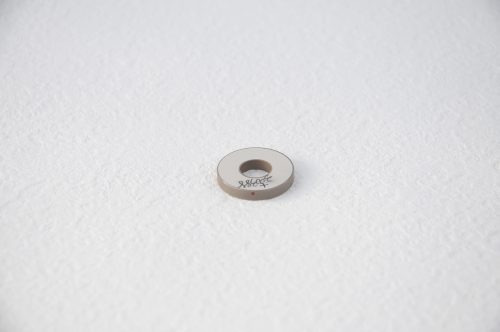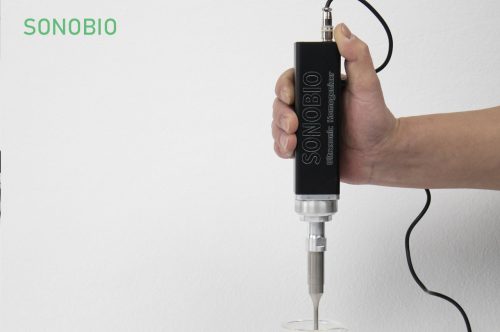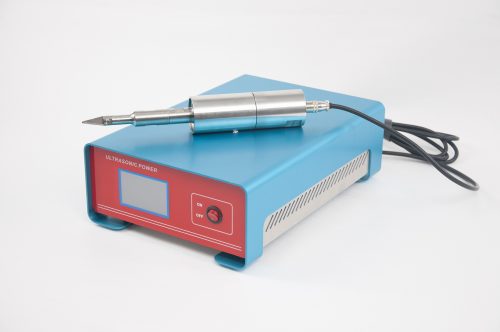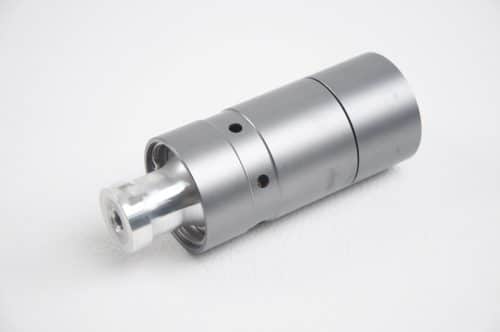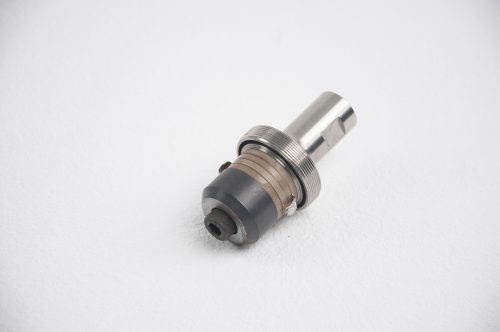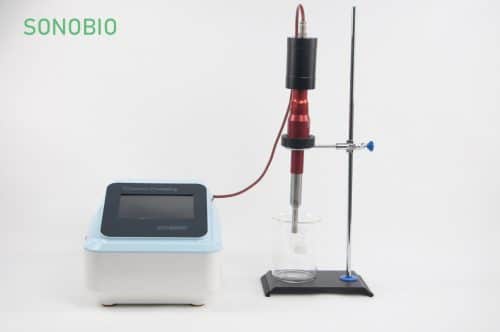How to Make Piezoelectric Materials?
A traditional piezoelectric ceramic is a mass of perovskite ceramic crystals, each consisting of a small, tetravalent metal ion, usually titanium or zirconium, in a lattice of larger, divalent metal ions, usually lead or barium, and O2- ions. Under conditions that confer tetragonal or rhombohedral symmetry on the crystals, each crystal has a dipole moment.
To prepare a piezoelectric ceramic, fine PZT powders of the component metal oxides are mixed in specific proportions, then heated to form a uniform powder. The piezo powder is mixed with an organic binder and is formed into structural elements having the desired shape (discs, rods, plates, etc.). The elements are fired according to a specific time and temperature program, during which the piezo powder particles sinter and the material attains a dense crystalline structure. The elements are cooled, then shaped or trimmed to specifications, and electrodes are applied to the appropriate surfaces.
Above a critical temperature, the Curie point, each perovskite crystal in the fired ceramic element exhibits a simple cubic symmetry with no dipole moment. At temperatures below the Curie point, however, each crystal has tetragonal or rhombohedral symmetry and a dipole moment . Adjoining dipoles form regions of local alignment called domains. The alignment gives a net dipole moment to the domain, and thus a net polarization. The direction of polarization among neighboring domains is random, however, so the ceramic element has no overall polarization.
The domains in a piezo ceramic element are aligned by exposing the element to a strong, direct current electric field, usually at a temperature slightly below the Curie point. Through this polarizing (poling) treatment, domains most nearly aligned with the electric field expand at the expense of domains that are not aligned with the field, and the element lengthens in the direction of the field. When the electric field is removed most of the dipoles are locked into a configuration of near alignment. The element now has a permanent polarization, the remanent polarization, and is permanently elongated.
Poling a Piezoelectric Ceramic
Analogous to corresponding characteristics of ferromagnetic materials, a poled ferroelectric material exhibits hysteresis. Figure 1.3 shows a typical hysteresis curve created by applying an electric field to a piezoelectric ceramic element until maximum polarization, Ps , is attained, reducing the field to zero to determine the remanent polarization, Pr , reversing the field to attain a negative maximum polarization and negative remanent polarization, and re-reversing the field to restore the positive remanent polarization. The tracing below the hysteresis curve plots the relative change in the dimension of the ceramic element along the direction of polarization, corresponding to the change in the electric field. The relative increase / decrease in the dimension parallel to the direction of the electric field is accompanied by a corresponding, but approximately 50% smaller, relative decrease / increase in the dimension perpendicular to the electric field. Figure 1.3. Effects of Electric Field (E) on Polarization (P) and Corresponding Elongation / Contraction of a Ceramic Element

